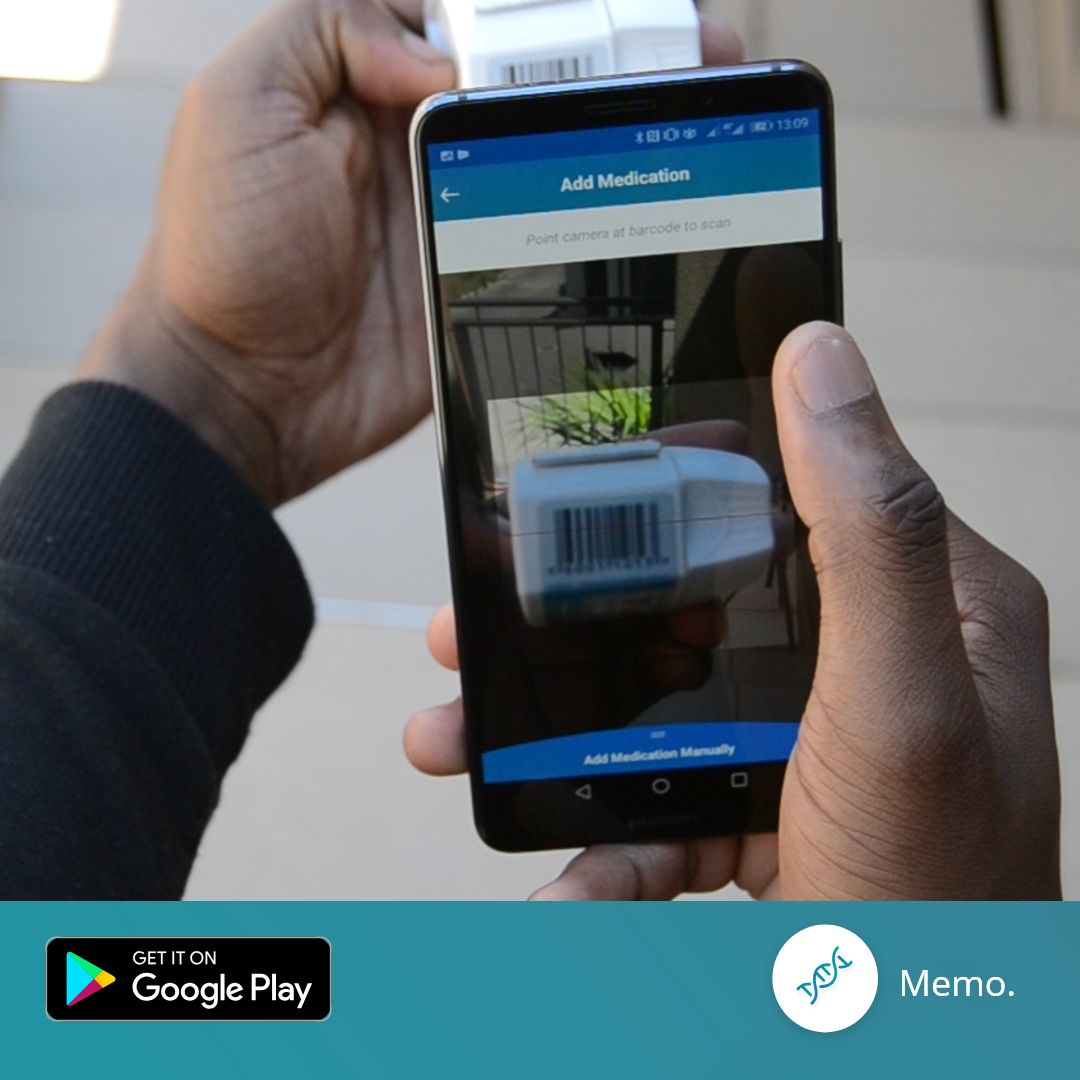The live art performance themes were quite heavy but Albert Khoza who was the last performer of the night made sure to end it with a bang for the audience. The way he told his story was much lighter in weight compared to the other performances as people sang, clapped hands and laughed.
The August #CreativeHustle: Live Art Festival was hosted by Live SA and British Council Connect ZA, in partnership with the Gordon Institute for Performing and Creative Arts, at the Cape Town City Hall on August 30.
The focus of the event was on innovation in performance art. The event started with a discussion by the panellists, who talked about their work, and afterwards there was a Q and A with the audience.
The overall lesson was that the works are created using various mediums namely: music, voice, video, dance, spoken word and repetition. In addition to that, artists commit themselves to their projects, even without funding.
The Panellist:
Jay Pather -The director of GIPCA, curator and choreographer.
Nomcebisi Moyikwa – Grahamstown-based dancer.
Siphumeze Kunday- Human rights activist and performer.
Genna Gardini – Poet, writer and Mail&Guardian 200 Young South Africans (2013).
Sara Matchett – Co-founder and artistic director of “The Mothertongue Project”.
Season Butler- London-based writer, performance artist and teacher, and an associate producer of the “I’m With You Art Collective”.

Pather mentioned that performance art is about trying to capture a dream, capturing what is inside of us. “It is also important to not be overwhelmed by the content and the notion of performance art. It is really more about experiencing the works and responding in a manner that affects audience members personally,” he added.
The core themes of the performances were Feminities and The periphery as threshold. There were five performances for the night which ran for 30 minutes each.
First three performances were under the Feminities theme:
1. Caught
By: Nomcebisi Moyikwa
Performed by: Maipelo Gabang and Ntombizandile Nonyathi.
Caught is a physical interplay between two black females, who kept battling over something. As they battled they kept falling and standing, thrown off balance and recovering.
The aim of this work was to express stories of black females and change the perceptions of our patriarchal society of female bodies from what they are “supposed” to be.
Nomcebisi said that this project originates from a conversation she had with a friend who told her that she was sick of being cast in plays as a maid or a drunken whore.

2. Walk: South Africa
By: Sara Matchett and Genna Gardini
Performed by: Rosa Postlethwaite, Koleka Putuma, Nina Calligan and Siphumeze Kundayi.
Walk: South Africa was created early 2013 as a response to the gang-rape and murder of Anene Booysen. The original creation of The Walk by Maya Rao’s was a response to the murder of Jyoti Pandey, who was repeatedly raped and bludgeoned with an iron rod by six men on a bus to Dheli in December 2012.
The performance ended with a short note stating that: “It is believed that 50% of SA women will be raped during their lifetime”.

3. The Woman Who Walks on Knives
By: Season Butler
Performed by: Season Butler
The woman who walks on knives is a retelling of Hans Christian Anderson’s The Little Sea-Maid, which is a tale of sacrifice, transformation and distances that one is willing to go for love.
This story is about a woman who decides to be brave and face her fear and even though she does not know if she will reach her destination, she is determined to die trying.
The performance started with Butler cutting in the insides of a fish and telling a tale of painful life experiences of a fish and continued to dress up as a mermaid, from then on she was crawling on the floor trying to get to what seemed to be a faraway destination. It captures the hardships experienced from that journey.

The last two performances were under the theme: The Periphery As Threshold.
4. The Place We Ran From
By: Matthew Trusham and Kieran Mcgregor
The place we ran from is an exploration of people’s perceptions towards the physical body of each gender, looking at the relationship of an exterior image and the interior gender identity.
The artists wore T-shirts and had to stylishly cut each t-shirt according to the way people perceive that gender to be like, and looked at the reaction of the audience. The last T-shirts were cut by two audience members.

5. Influences of a Closet Chant
By: Albert Khoza
Performed by: Albert Khoza
The influences of a closet chant explores the journey and challenges of differences in sexuality – the difficulty of cultural connotations and societal expectations.
Furthermore, it highlights the metaphysics of sexuality, carried in the metaphor of the closet, which places people’s biological and sexual choices. “Culture, tradition and religion turn something so small to something that isn’t even it. Being gay is just sexuality,” said Albert.

In conclusion the performances were capturing and thought-provoking and as hip-hop heads put it dope. Hoping the audience will share the experience and look out for more of these n the future.
The festival continues till the September 7th.
All pictures were taken by Andiswa Mkhosi and Ovayo Wotshela (@ovayoa).
Follow me: @Simamkele_M
Brought to you by British Council Connect ZA and Live SA, the Creative Hustles are a series of free events for young people, aged 18 to 35 years, to engage with established creative industry professionals and arts practitioners.



